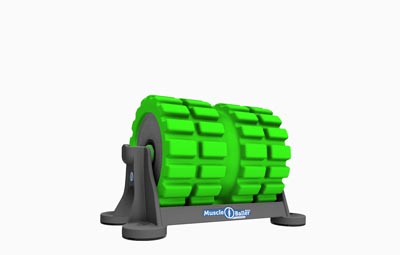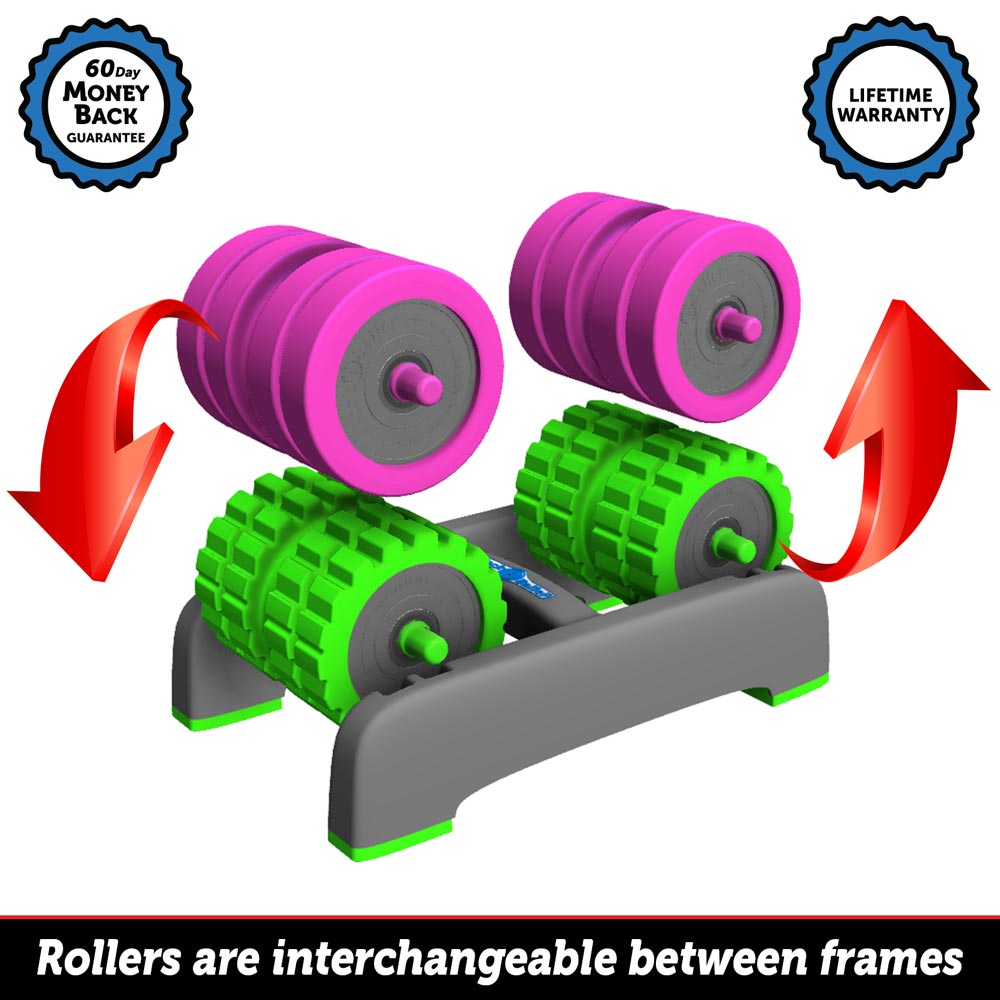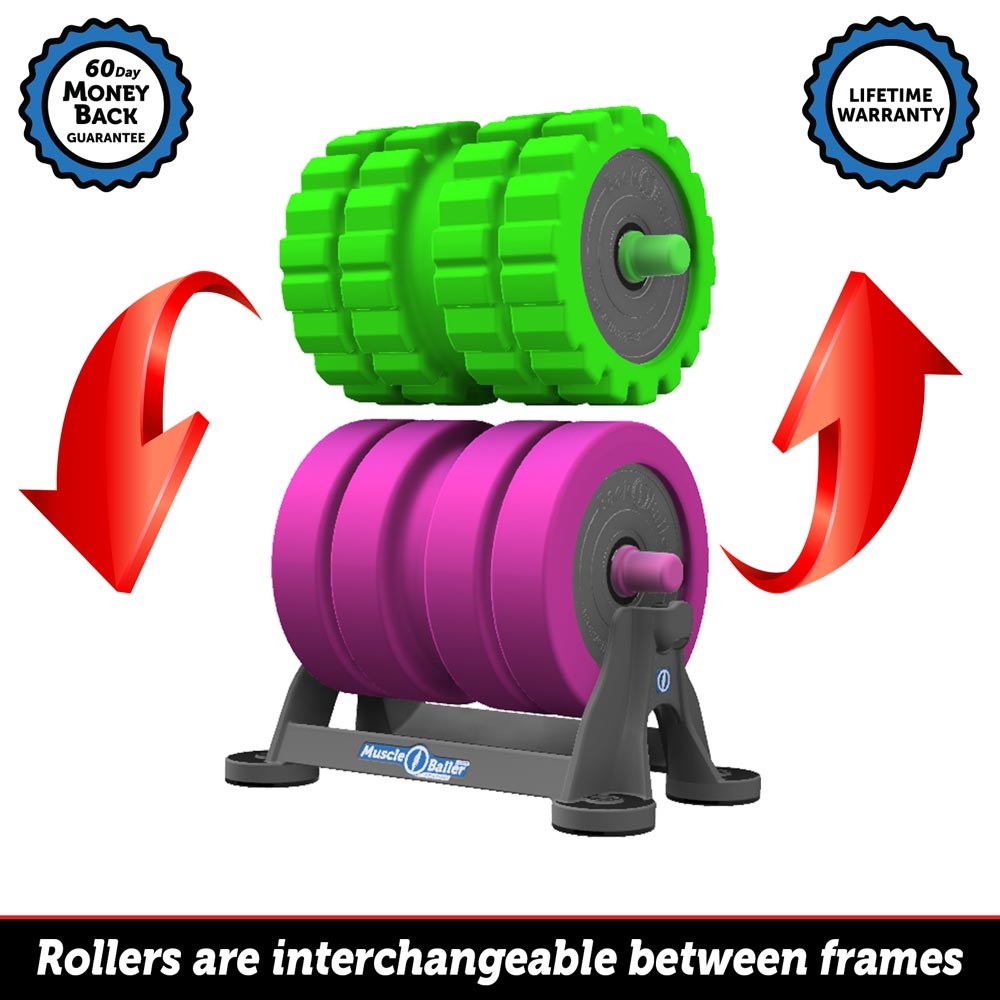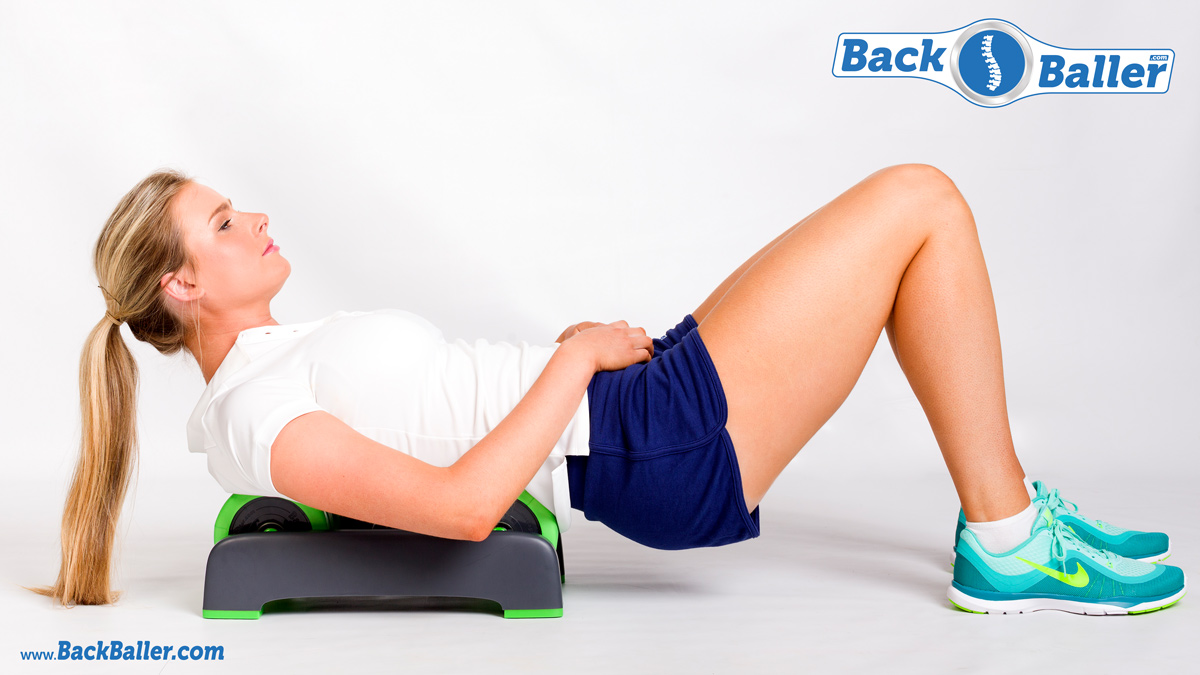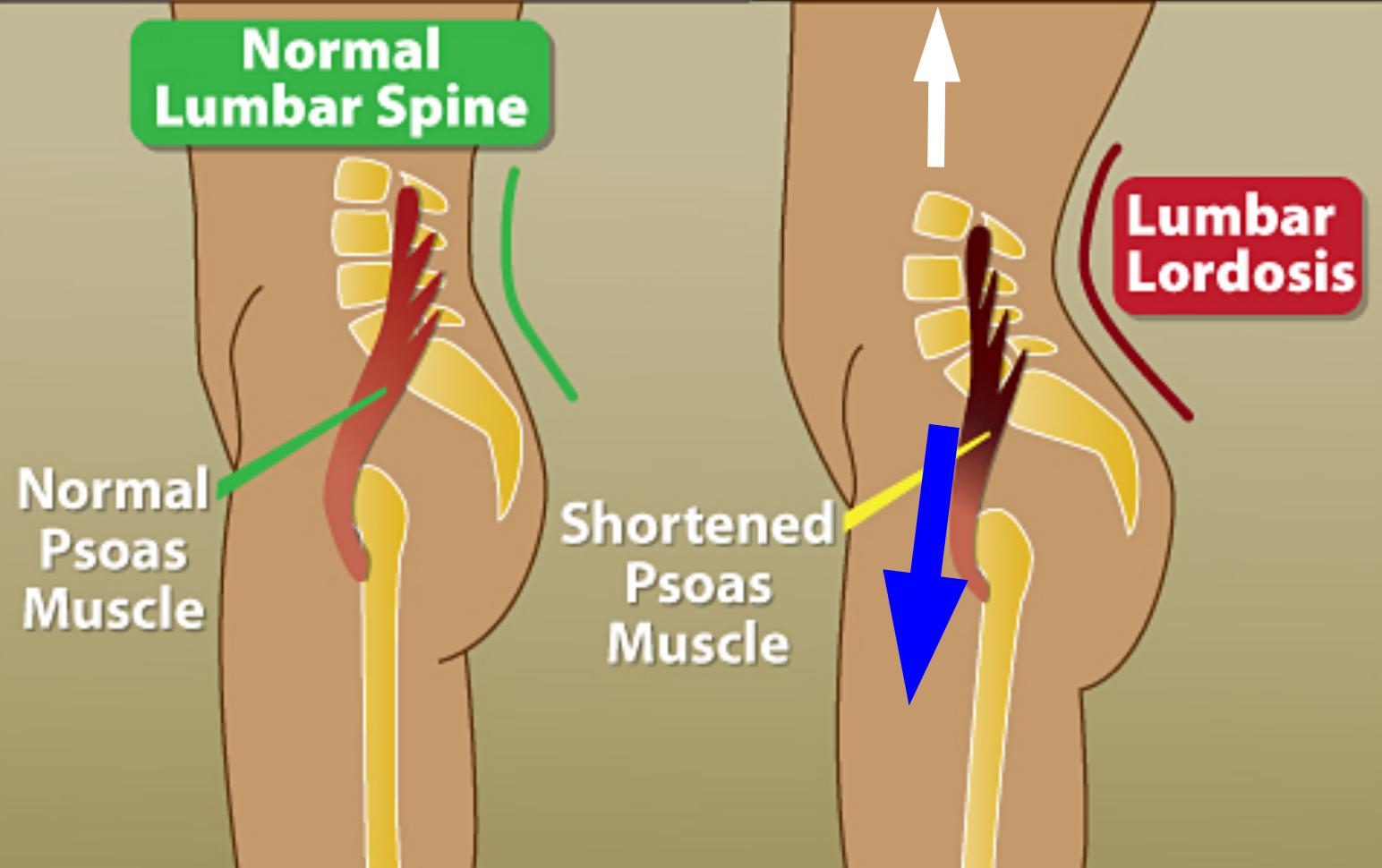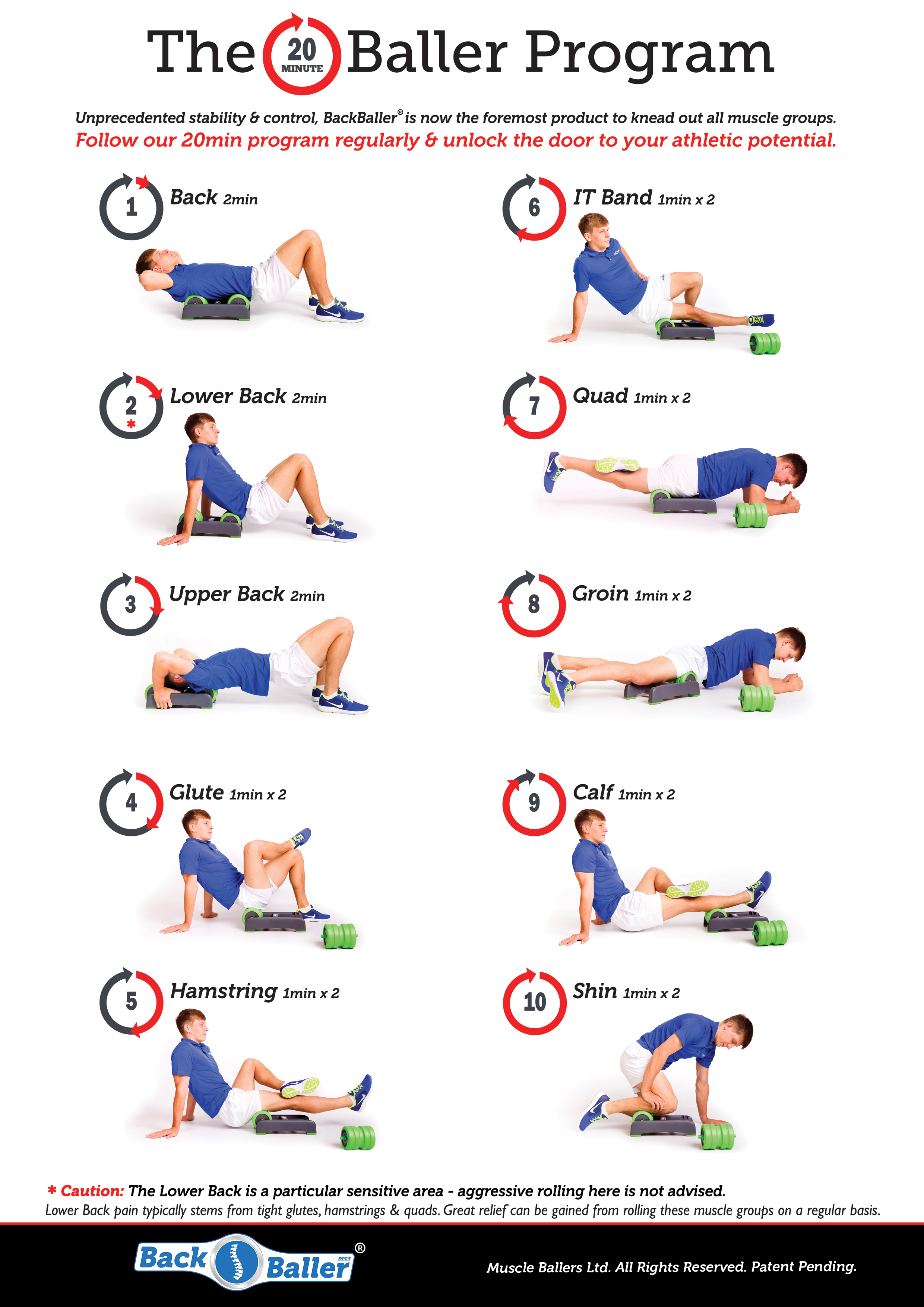BackBaller FAQ’s
- What is the difference between the BackBaller/BigBackBaller and MuscleBaller?
BackBaller
- Dual-Mounted Roller
- Rollers are interchangeable
- Distance between the rollers is adjustable
- Tested to take 400kg
BigBackBaller
- Double Width Mounted Rollers
- Additional width provides optimum support
- Recommended especially for persons over 90kg
- Tested to take 500kg
MuscleBaller
- Single-Mounted Roller - Not recommended for rolling your Back. Rolling on a single roller tends to over arch your back.
- Rollers are interchangeable
- Compact Design - Ideal for your kit bag
- Tested to take 300kg
- What is the difference between the Green and Pink BackBaller?The Pink is smooth and the Green has ridges, both offer the same benefits just the ridged one digs in a little bit deeper. When starting out take it easy and don't over do it until the tightness and tenderness eases.
- Which slot settings should I use?
BackBaller Settings:
- People under 5'8" use the 2 inside slots.
- Between 5'8" and 6' use 1 inside and 1 outside.
- Over 6' use the 2 outside slots.
- Use the inside slot when using 1 Baller/Roller - this gives you more stability in the frame.
- Are rollers interchangeable between frames?Yes: All rollers (Green/Ridged & Pink/Smooth ballers) will fit in all frames: BackBaller (Dual)/ MuscleBaller (Single)
- How long should I Roll each muscle group?
Follow the 20min Program:
Then target the areas that need more work.
- Is it safe to Roll the Back?
Rolling the Back:
The BackBaller gives you stability and control allowing you to work on the Back muscle groups with ease.
- Is Bruising Normal & What Causes Bruising?Is Bruising Normal?
Short answer? Yes - Especially if you're really tight in that area or if it is the first time performing it. Another reason you might be bruising? If you're staying on one area for too long. If you're rolling one muscle area for two to three minutes, you're bound to see some bruising the next day.
What Causes Bruising?
When you're foam rolling, you're breaking up scar tissue and adhesions (a specific type of scar tissue that occurs from inflammation, trauma, etc.). When you put your "bodyweight pressure on a concentrated myofascial area," you are "breaking adhesions, as well as creating small tears in tightened muscle fibers. This causes blood to be trapped under the skin, giving the appearance of a bruise. It's nothing to worry about, but don't go rolling that area again until the bruise clears up. - What is Foam Rolling?Foam rolling has transformed from a once mysterious technique used only by professional athletes, coaches, and therapists to a familiar everyday practice for people at all levels of fitness. Recent information, technology, and affordable products such as the BackBaller® have brought foam rolling to another level. Self-myofascial release is a fancy term for self-massage to release muscle tightness or trigger points and can be performed with a foam roller, lacrosse ball, Theracane, or your own hands. By applying pressure to specific points on your body you are able to aid in the recovery of muscles and assist in returning them to normal function. Normal function means your muscles are elastic, healthy, and ready to perform at a moment’s notice. The BackBaller® is specifically designed to self-treat muscles in your upper & lower back. Due to the stability & control offered it goes beyond & is now the foremost product to knead out all muscle groups.
- Do I Have Tight Muscles or Trigger Points?Trigger points are specific “knots” that form in muscles. They are unique and can be identified because they will refer pain. Pain referral, for our purposes, can most easily be described as the pain felt when pressure is applied to one area of the body, but the pain is felt or radiated in another area. A common example of a trigger point is felt while foam rolling your iliotibial (IT) band as it causes pain to radiate up to the hip or all the way down the leg to the ankle. When rolling or working on tight/sore muscles you will experience discomfort or pain. Think of it like the pain you get while stretching. It should be uncomfortable, but not unbearable, and when you are done it should feel better.
Trigger Points
Superb explanation of how trigger point massage releases tight contracted muscle fibres
- Why Am I Doing Something That Hurts?For many, deep tissue massage is easy to understand. Ideally someone is able to work out the knots in your muscles, and it is commonly known this process may be uncomfortable and at times painful. Self-myofascial release provides the user the ability to control the healing and recovery process by applying pressure in precise locations, because only you can feel exactly what is happening. It is always recommended to consult with your physician or physical therapist for therapeutic/sharp pain and receive approval before starting self-myofascial release. For most people you will be cleared immediately and your doctor will encourage the practice. Releasing trigger points helps to reestablish proper movement patterns and pain free movement, and ultimately, to enhance performance. Utilizing stretching alone is not always enough to release muscles tightness, which is why foam rollers have thrived on the mass market. Imagine a bungee cord with a knot tied into it and then envision stretching the cord. This creates tension, stretching the unknotted portion of the muscle and the attachment points. The knot, however, has remained unaltered. Foam rolling can assist in breaking up these muscle knots, resuming normal blood flow and function. The goal to any corrective or recovery technique is to get you back to the point of normal functioning, as if nothing was ever wrong. Ideally you want to train hard without having to give a second thought to tightness or risking injury.
- What Causes Trigger Points and Tight Muscles?Both have the same contributing factors including training, flexibility, movement patterns, posture, nutrition, hydration, rest, stress, and other lifestyle factors. Our bodies learn to compensate for what we throw at them everyday, but we can exceed our ability to recover via too many intense workouts, poor posture, and other lifestyle factors. This is when you need assistance using recovery techniques or through seeing a professional. If you lived a perfect life with everything in balance, you would theoretically never have either of these conditions, however I’ve yet to meet that person.
- How Does Self-Myofascial Release Work?Deep compression helps to break up or relax tight muscles and adhesions formed between muscle layers and their surroundings. Imagine you are tenderizing your own muscles. They should be soft and supple like a baby’s muscles. However, if our muscles are not taken care of properly we can experience loss of flexibility, adhesions, and painful movement. The deep compression of self-myofascial release allows normal blood flow to return and the restoration of healthy tissue. The body naturally wants to be healthy and strong, but sometimes an extra boost is needed to achieve optimal muscle and tissue health.
- How Do I Know What to Foam Roll and How to Do It?Trigger points and tight muscles can be found through self-exploration, utilizing the list of techniques below and exploring each one. To foam roll properly, apply moderate pressure to a specific muscle or muscle group using the BackBaller and your bodyweight. You should roll slowly, no more than one inch per second. When you find areas that are tight or painful, pause for several seconds and relax as much as possible. You should slowly start to feel the muscle releasing, and after 5-30 seconds the discomfort or pain should lessen. If an area is too painful to apply direct pressure, shift the roller and apply pressure on the surrounding area and gradually work to loosen the entire area. The goal is to restore healthy muscles - it is not a pain tolerance test.
- What Happens After Foam Rolling?You may be sore the next day. It should feel as if your muscles have been worked/released, however you should not push yourself to the point of excessive soreness. Drink plenty of water, get enough sleep, and eat clean. This will help to flush your system and fuel your muscles more effectively.
- If I suffer with Prolapsed (Herniated /Slipped) Disc or Sciatica is the BackBaller suitable?By releasing muscle tension in areas surrounding pain you'll release pressure on the site of the injury, just be sensible and listen to your body. Never go too vigorously on the point of pain itself, no pain should be felt beyond normal kneading of the surrounding muscles. Regular (3-5 times per week) 2 min. sessions on all major muscle groups gives ultimate relief and helps us to regain and retain our full range of motion. Tight Glutes, Hamstrings, Hip Flexors and Quads are the main culprits of lower back pain. This consistent use (with due caution) can help you tremendously, even over short periods of 1-2 weeks have people going from severe pain to becoming entirely pain free. Illustration of how a tight Psoas Muscle leads to Lumbar Lordosis



